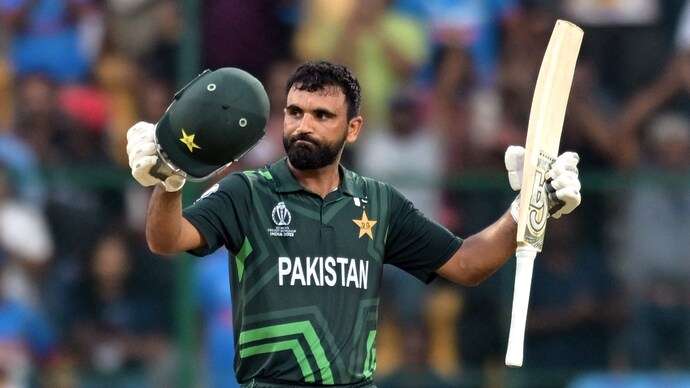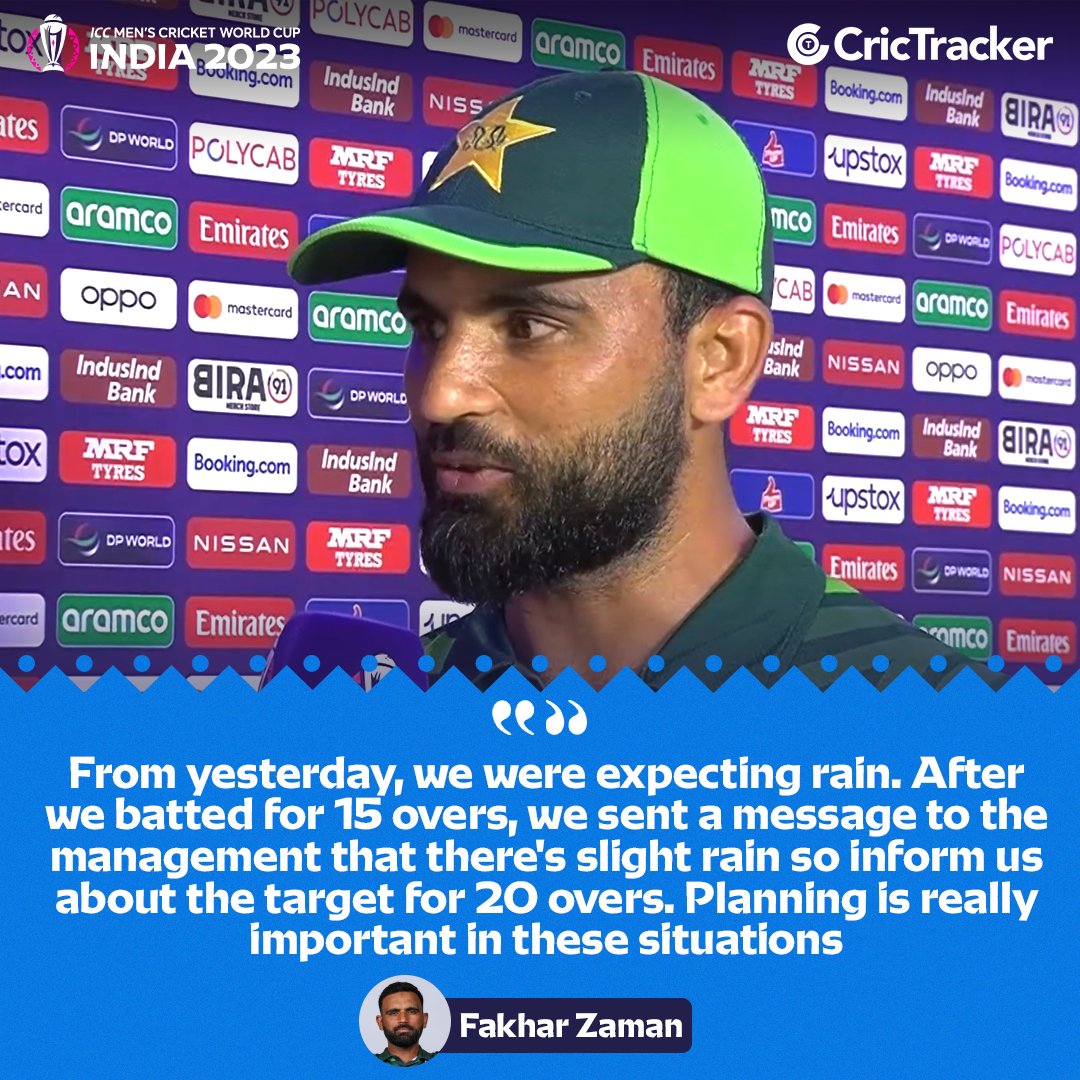It’s common knowledge that cricket is an unexpected sport and that “it’s not over until it’s over.” Cricket matches are decided by ability, strategy, and on-field performance, but one unpredictable aspect can have a big impact on the result: the weather. Cricket matches can be delayed by rain or other weather-related disturbances, which annoys both players and spectators. The Duckworth-Lewis-Stern (DLS method ) approach is useful in these kinds of situations. in this article i will explore the DLS method’s definition and operation, highlighting its importance in cricket.
What is DLS Method?
The DLS Method, short for “Duckworth-Lewis-Stern Method,” is a mathematical formula and statistical system employed in the sport of cricket to adjust target scores for the team batting second in rain-affected limited-overs matches. The DLS Method was created by statisticians Frank Duckworth and Tony Lewis, and it was later improved with the help of Professor Steven Stern. It considers a number of factors, including the amount of overs bowled, wickets lost, and run rates, to establish a reasonable and updated target for the pursuing team in the event that rain interrupts a cricket match. This technique has been included in current cricket laws and is essential for assuring fair results in contests that are impacted by rain.
Key Components of DLS Method
The DLS method has three main components:
1.Target Score Calculation
With their remaining resources taken into account, the approach determines a new target score for the team batting second. This provides a fair opportunity for the pursuing side to win the game.
2. Resources Used
It adjusts for the effect of these factors on the team’s chances of winning by counting the number of overs completed and wickets lost during the innings. Like NZ vs PAK, World Cup 2023 , Pakistan win by 21 runs via DLS after match called off
3. Par Score
The number of runs a side has to score to tie the opposition is known as the par score. When rain interrupts play, a team is considered to be in a good position if they are ahead of par.
The Impact of Weather on Cricket Matches
One important and frequently unpredictably changing factor that can have a big impact on the result of a cricket match is the weather. Rain in particular may cause problems with play, changing the pitch’s state, influencing players’ rhythm and mood, and leading to delays or cancellations. Because of the enhanced swing and seam movement that clouds provide, bowlers can benefit from them, although intense sunshine can dry out the pitch and help spin bowlers. After winning the toss, teams frequently have to make last-minute adjustments to their game preparations, such as whether to bat or bowl depending on the weather.
How does DLS Method work?
When rain disrupts a cricket match, the DLS method comes into play. It ensures that both teams have a fair chance to win the game based on the resources they have left, adjusting the target score accordingly. A Step-by-Step Explanation Let’s explore how the DLS method works in detail:
1. Setting the Match Target
Depending on how many overs are lost to rain, the DLS technique adjusts the chasing team’s target. In order to arrive at a reasonable target, it considers the necessary run rate, wickets in hand, and available overs.
2. Adjusting Targets During Interruptions
The DLS technique recalculates the objective score to ensure equity for both teams in the event of additional rain delays.
3. Par Scores and Resource Percentages
As the game progresses, par scores are determined to account for the shifting dynamics. These scores show the position that a team ought to occupy in order to have an equal probability of winning.
DLS in International Cricket
International cricket relies heavily on the DLS method to ensure fair outcomes, especially in high-stakes matches like World Cups.
DLS in T20 Cricket
The DLS method has been adapted for T20 cricket, which emphasizes quick-paced games. It plays a crucial role in preventing rain from unfairly impacting the results of these matches.
Conclusion
The DLS approach protects against weather-related changes in the highly unpredictable environment of cricket. It ensures that the game can continue with equity and fairness even in the event that the rain tries to steal the show.
FAQs
- Is the DLS method used in all forms of cricket?
- The DLS method is primarily used in limited-overs formats, such as ODIs and T20 matches.
- How does the DLS method handle multiple rain interruptions?
- The DLS method continuously adjusts the target score in case of multiple rain interruptions to maintain fairness.
- Are there any alternatives to the DLS method in cricket?
- While alternatives have been proposed, the DLS method remains the most widely accepted system for rain-affected matches.
- Can the DLS method be used in Test cricket?
- Test cricket’s longer format and lack of time constraints make the DLS method unnecessary in this format.


